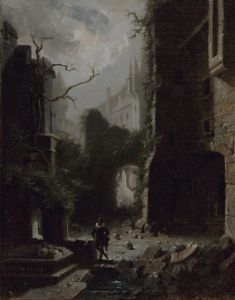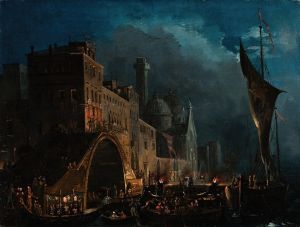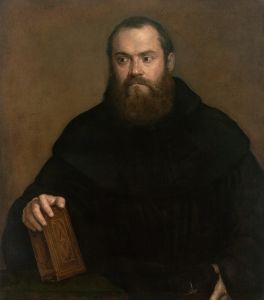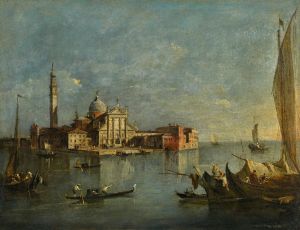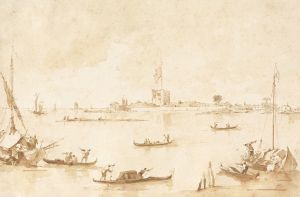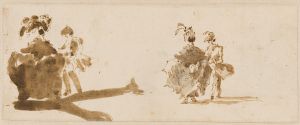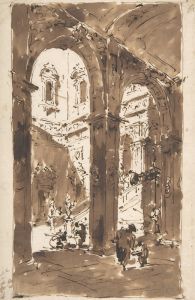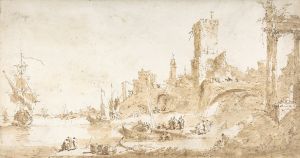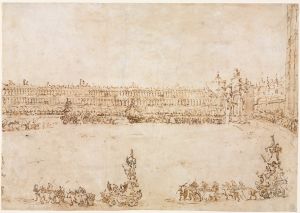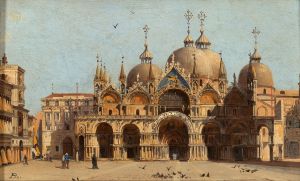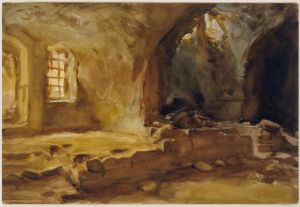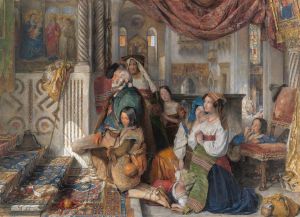
Roman Ruins
A hand-painted replica of Francesco Guardi’s masterpiece Roman Ruins, meticulously crafted by professional artists to capture the true essence of the original. Each piece is created with museum-quality canvas and rare mineral pigments, carefully painted by experienced artists with delicate brushstrokes and rich, layered colors to perfectly recreate the texture of the original artwork. Unlike machine-printed reproductions, this hand-painted version brings the painting to life, infused with the artist’s emotions and skill in every stroke. Whether for personal collection or home decoration, it instantly elevates the artistic atmosphere of any space.
Francesco Guardi (1712–1793) was an Italian painter of the Venetian school, known for his vedute (view paintings) and capricci (architectural fantasies). Among his works is the painting titled Roman Ruins, which exemplifies his skill in creating imaginative landscapes that blend real and fictional elements. This painting is a capriccio, a genre popular in the 18th century, where artists combined architectural elements, often in ruins, to evoke a sense of nostalgia and grandeur.
Roman Ruins depicts a scene of classical ruins, with crumbling columns, arches, and other architectural fragments scattered across the composition. The painting is characterized by Guardi's distinctive loose brushwork and atmospheric use of light, which give the scene a dreamlike quality. The ruins are populated by small figures, a common feature in Guardi's works, which add a sense of scale and human presence to the otherwise monumental structures.
While Guardi is best known for his views of Venice, his capricci allowed him to explore themes beyond the city's canals and architecture. In Roman Ruins, he draws inspiration from the classical past, a subject that fascinated many artists and patrons during the 18th century. The painting reflects the period's interest in antiquity and the romanticized view of ancient Rome as a symbol of cultural and artistic achievement.
The exact date of Roman Ruins is not definitively known, but it is generally attributed to the later period of Guardi's career, when he increasingly turned to capricci and other imaginative compositions. The painting is not based on a specific location or set of ruins but rather combines elements from various sources, showcasing Guardi's creative interpretation of classical architecture.
Today, Roman Ruins is appreciated as an example of Guardi's ability to blend imagination with technical skill, creating works that resonate with the viewer's sense of history and fantasy. The painting is housed in a private collection or museum, though its precise current location may vary depending on exhibitions or ownership.
This work is a testament to Guardi's versatility as an artist and his contribution to the tradition of capriccio painting, which continues to captivate audiences with its blend of realism and invention.





